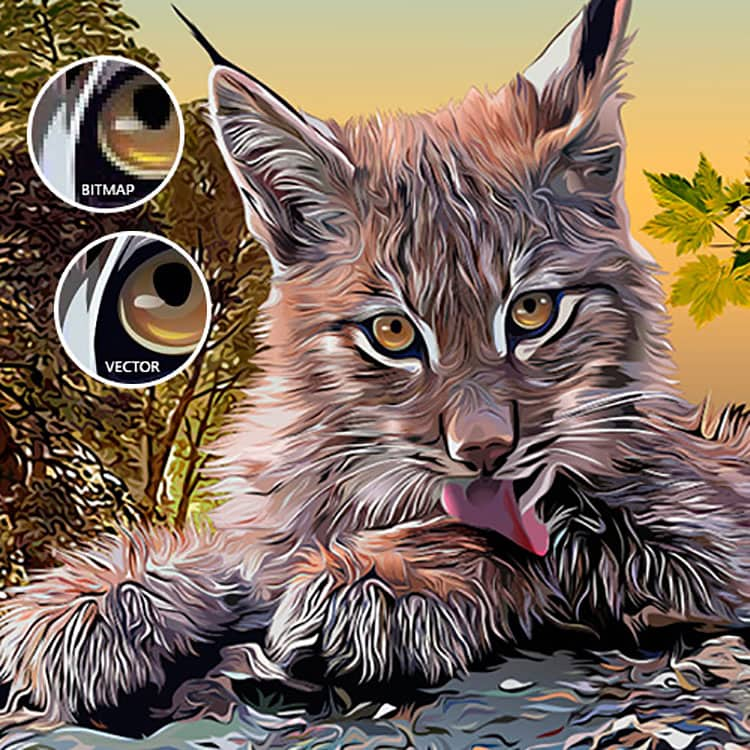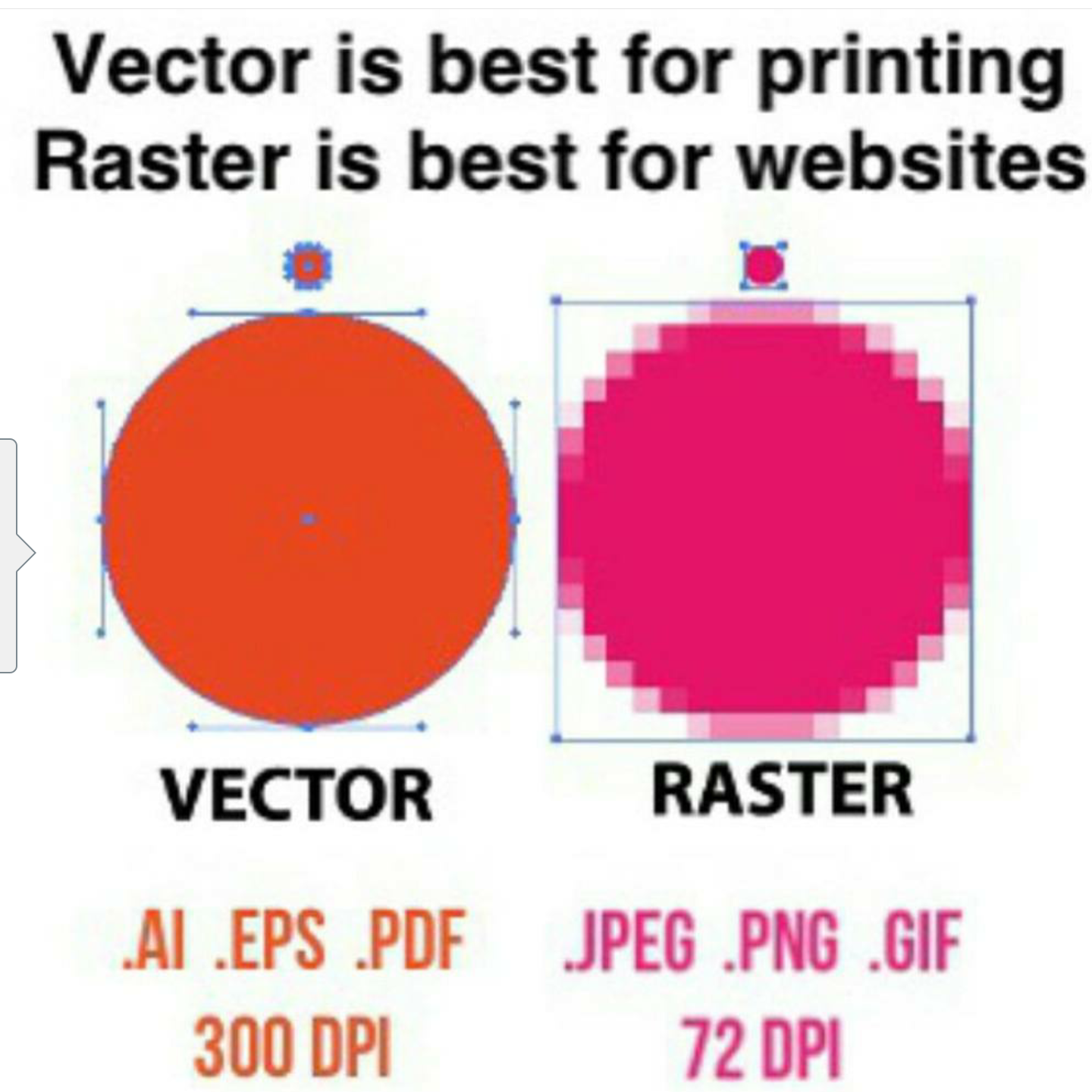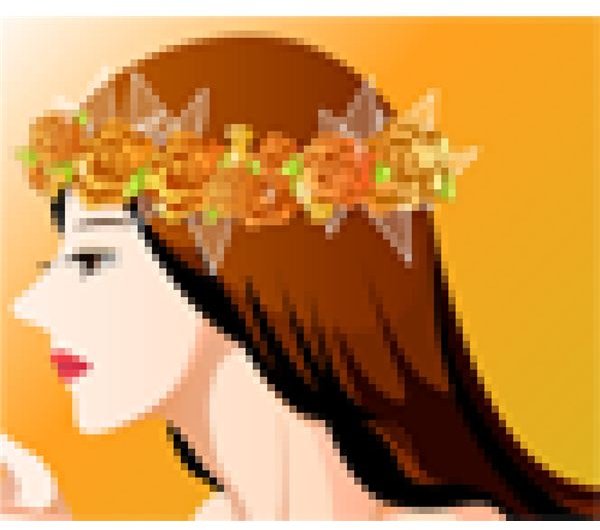
What are the benefits and disadvantages of different vector formats?īecause vector images use mathematical equations and are generally less detailed than raster images, they are usually smaller in size.

TIFs can also contain editable layers and transparent areas when needed. TIFs have all of the full-color display ability of JPGs, but they are lossless. TIF Raster FilesĪnother widely-used raster file type is the TIF, most commonly used in the graphics and print industry. However, they are limited to a display of 256 index colors and are best used for smaller, more simple graphics and animations. GIFs are also lossless, but the main advantage of GIF files is that they can be animated. This is especially useful when placing the PNG over another color or graphic where you want the background to show through. The biggest advantage of a PNG over a JPEG is the ability to have transparent (see-through) areas saved in the file. PNGs also deliver photographic quality but are generally larger and slower loading on web browsers than JPGs - But PNGs are lossless when edited and resaved.
Raster images vs vector images software#
One disadvantage of the JPG is that they are “lossy,” meaning each time they are opened in a photo editing software and re-saved, they lose some graphical information, and jagged edges or pixelated areas can appear on close examination, especially when opened and resaved multiple times. Most digital cameras and smart phones save pictures as JPGs as the default format.

These lower file sizes allow websites to load and display quickly, which is crucial in today’s mobile-friendly world. JPGs are the most commonly used graphic files on the web because of their ability to display millions of colors with photographic quality at low file sizes. Each one contains advantages and disadvantages over the others. Many different raster file types can be displayed on the internet - with JPGs, PNGs, and GIFs being the most common. Creating raster images doesn’t require any special software knowledge or training, and they are easily produced by anyone that can use a smart phone or camera. Raster files can also be used to print photographs or in any piece of printed collateral such as a brochure, poster, or magazine. They can be displayed on any common electronic device, shared through email and text messages, and posted to social media sites such as Facebook, Twitter, or Instagram. When you take a photograph on your phone or digital camera, a raster image is automatically generated every time you tap the shutter icon.
Raster images vs vector images free#
Want to generate more leads with your design? Get your free brand style guide sample today! Raster images are extremely versatile and are the preferred format when realistic, photographic-type imagery is desired. Vector graphics are commonly used to produce logos and other simpler graphics that may need to be used at different sizes and have the benefit of maintaining crisp, sharp edges, even when they are enlarged greatly.Īdvantages and Disadvantages of Common Raster Formats? And, even though they can be used to form nearly photo-realistic graphics, they tend to be used in building graphics with more uniform, solid colors and fewer details. Generally, vector graphics are less detailed containing fewer gradients and less diversity of color.

Vector graphics are built mathematically and are made up of points and paths. Because of the amount of digital information contained in a raster image in all those little pixels, file sizes tend to be larger than those of vector graphics. When all those pixels are viewed as a whole, they work together to form a rich, detailed image with intricate color variations and soft gradients.ĭigital photographs you see on a website, pictures you take with your phone or digital camera, or scanned artwork are all raster images. When magnified enough, you can see the individual pixels of the image and that each one is a single color. Raster images are made up of tiny squares of colors or shades of black called pixels. This is a highly simplified summary, so let’s explore raster and vector graphic files in more detail. Raster graphics are composed of a combination of pixels, but vector graphics are composed of paths and are based on mathematics so that they can easily scale larger or smaller. There are two types of digital graphic files-raster and vector. What Is the Difference Between Raster and Vector Images? This article is a quick overview to help you understand which types of files are best for common graphics like photos, logos, and other graphics displayed on the web and used in printed collateral. There are so many different graphic file formats and image options available, you may be confused about what they are, how they work, and how they can be used efficiently to display images and graphics across different platforms.


 0 kommentar(er)
0 kommentar(er)
